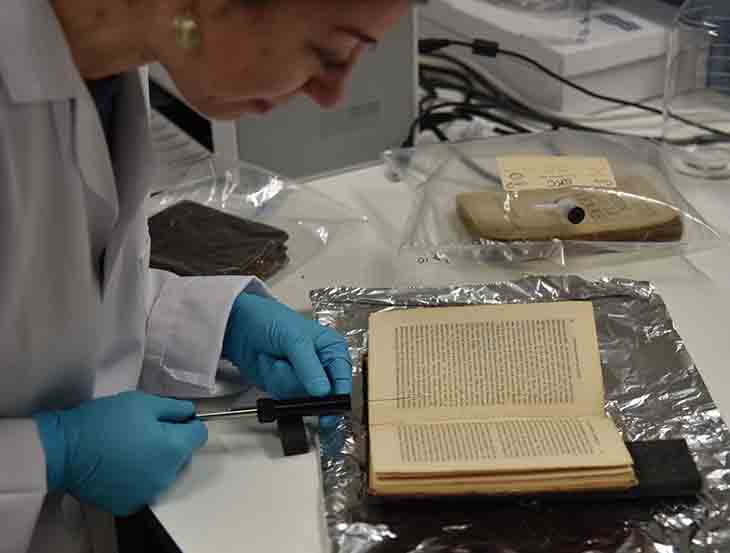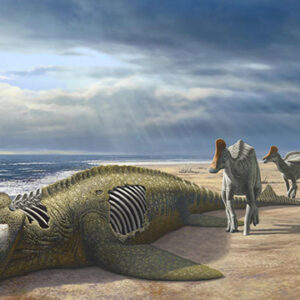
Have you ever smelled something and a memory comes hurling back to your mind like it was just yesterday? Sometimes the most powerful way to bring back those kinds of memories is by picking up a scent from something as nostalgic as your childhood, or possibly somewhere you visited before.
Recently, scientists decided to use artificial intelligence (AI) to research some of the past and present smells of Europe in the hopes to identify and trace their association to particular language, cultural practices and emotions, or certain places, a concept they took from the individual and brought forward to a societal level.
Referred to as “Odeuropa,” the goal of this project is to show that by truly engaging our sense of smell and what they’ve called ‘our scent heritage,’ it’s an viable and important means of ‘connecting and promoting Europe’s tangible and intangible cultural heritage.’
Odeuropa will have references to smells like tobacco, disease-fighting perfumes, or the smell of industrialization in historic literature and paintings, all using AI techniques that aim to teach the computer to recognize a smell.
All the information that is gathered will be kept in a database called the European Olfactory Knowledge Graph, with academics from the University College London’s (UCL) Institute for Sustainable Heritage (ISH) leading the work on this olfactory heritage science, which involves historic scent preservation and communication.
Professor Matija Strlic at the ISH explains, “From the perspective of heritage sites, it’s really interesting to focus on smells such as the smell of old books in the frame of Odeuropa. Old smells or smells of objects tell us a lot about how those objects degrade, how they can be preserved and also how those smells can be conserved.”
The Odeuropa project began with funding of €2.8M, equivalent to $3M, from the EU Horizon 2020 program. Now in 2022, their Knowledge Graph has already been put to work at The Hague in a special museum exhibit entitled “Fleeting – Scents in Color,” which evokes the smells of Amsterdam from the Dutch Golden Age, focusing particularly on Amsterdam’s famous canals.
Considering how difficult the work is to conceptualize and bring forward, the Odeuropa members explained to the Guardian that they aren’t exactly sure how the process should proceed.
Research associate at the ISH, Dr. Cecilia Bembibre, said, “We are trying to decide if it matters academically whether we preserve authentic smells with the right chemicals or whether we simply try to evoke an experience by creating a similar effect today.”
“We really want to engage communities. There are ‘nose witnesses’ alive now who can help us recreate smells from their childhoods or from trades that no longer exist,” Bembibre adds.
Computer linguistics expert, Sara Tonelli, from Fondazione Bruno-Kessler in Italy, said back in 2020 that the goal is “to develop a ‘computer nose’ able to trace scents and olfactory experiences in digital texts over four centuries and seven languages.”
Alongside the heritage sector, the ISH team’s skill of proficiency will be utilized in order to share vital scents of Europe in museums between 2021 and 2023. This will allow museum goers to experience the past through a variety of scents, truly a first of its kind.
What are your thoughts? Please comment below and share this news!
True Activist / Report a typo


